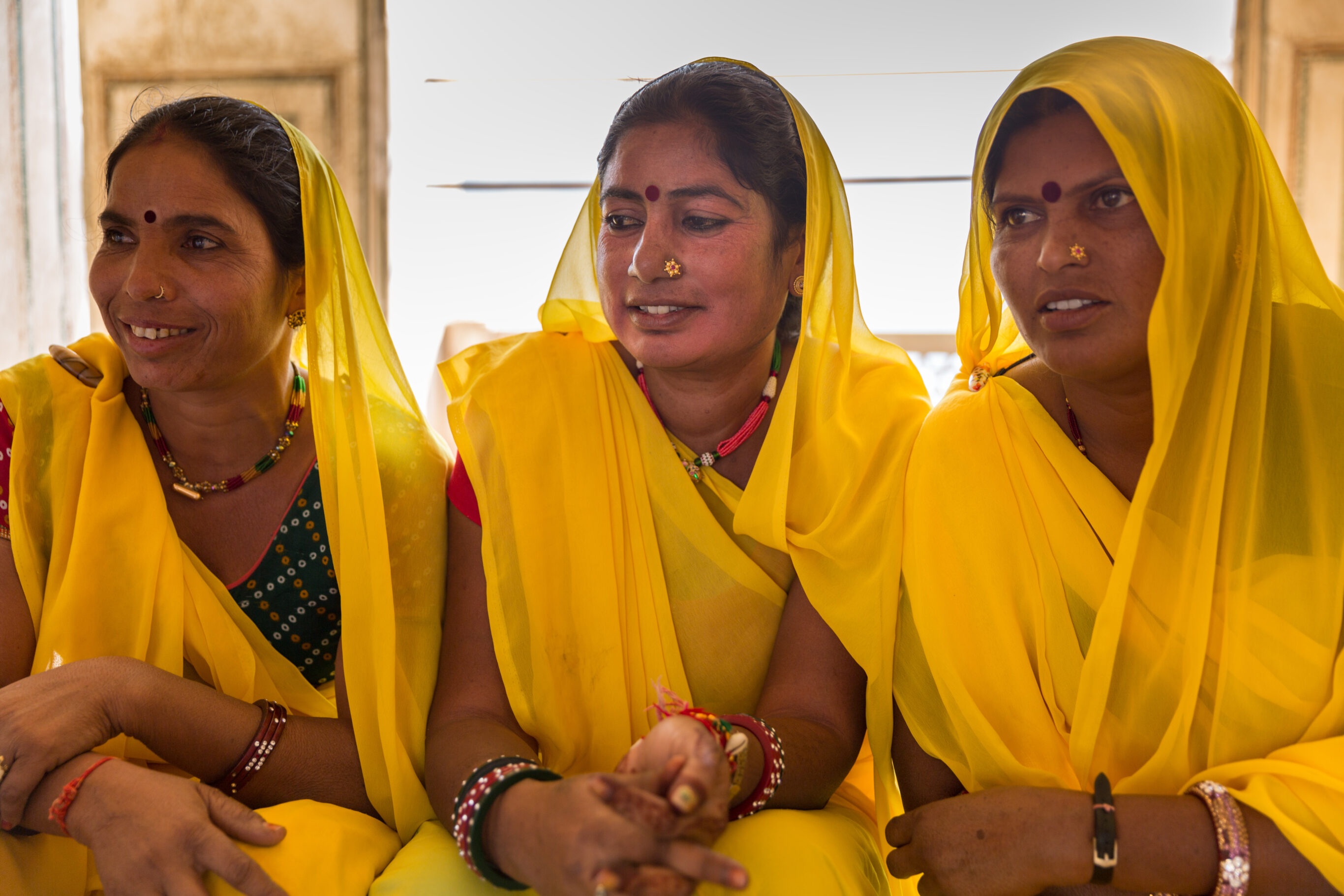
In August 2020, GFEMS commissioned the Rights Lab at the University of Nottingham to conduct policy and practices to address commercial sexual exploitation in India and Bangladesh. This summary examines and documents current CSE policy in India and Bangladesh across three specific areas: Repatriation of victims Survivor rehabilitation Livelihood support. This summary also aims to …
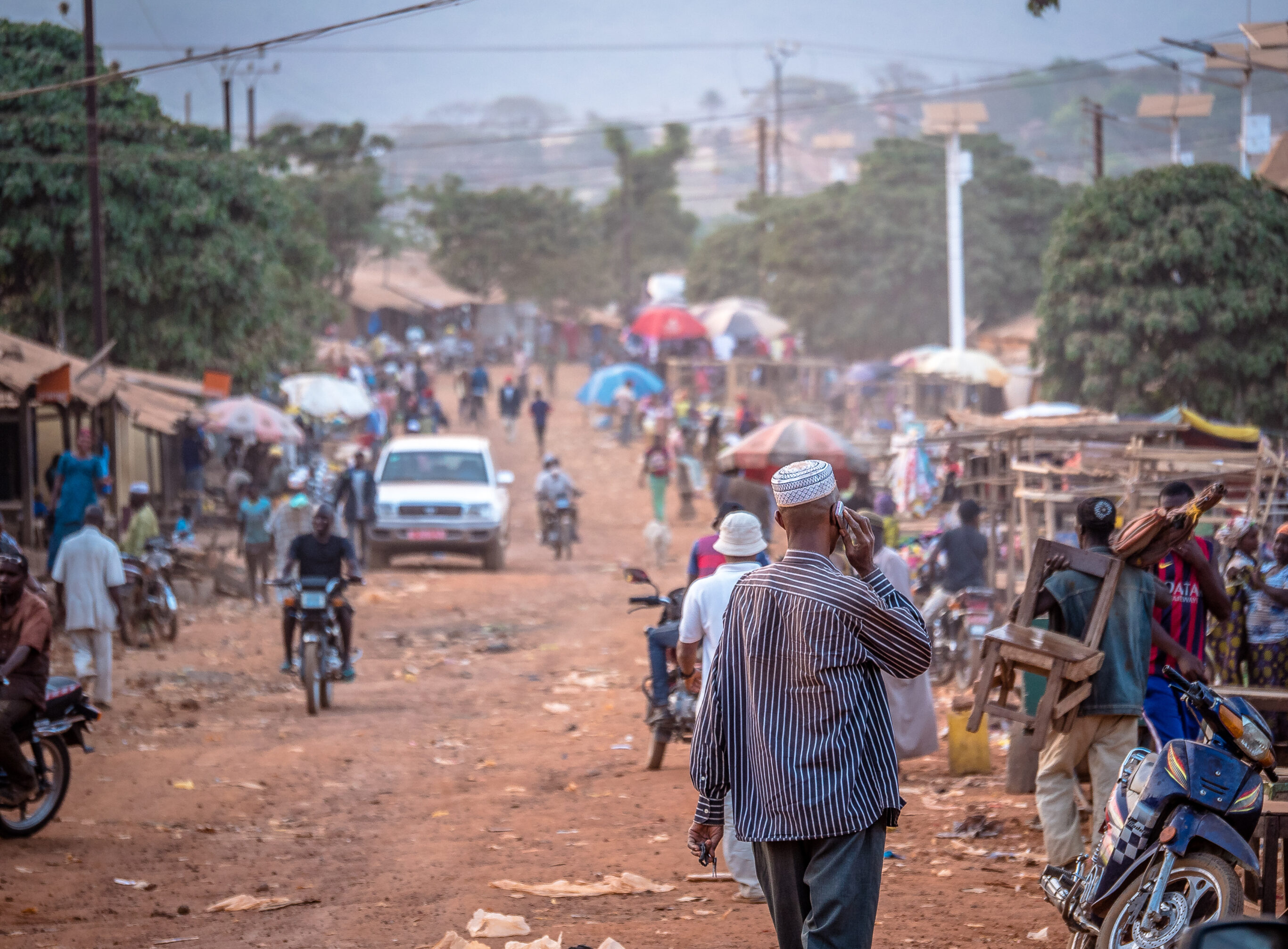
Through March and April 2021, ICF and the Department of Social Work and Social Administration, Makerere University, undertook a respondent-driven sampling (RDS) study, involving in-person interviews, in Kampala to measure the characteristics of commercial sexual exploitation (CSE) and to estimate the prevalence of children among all people engaged in CSE. This study, along with our …
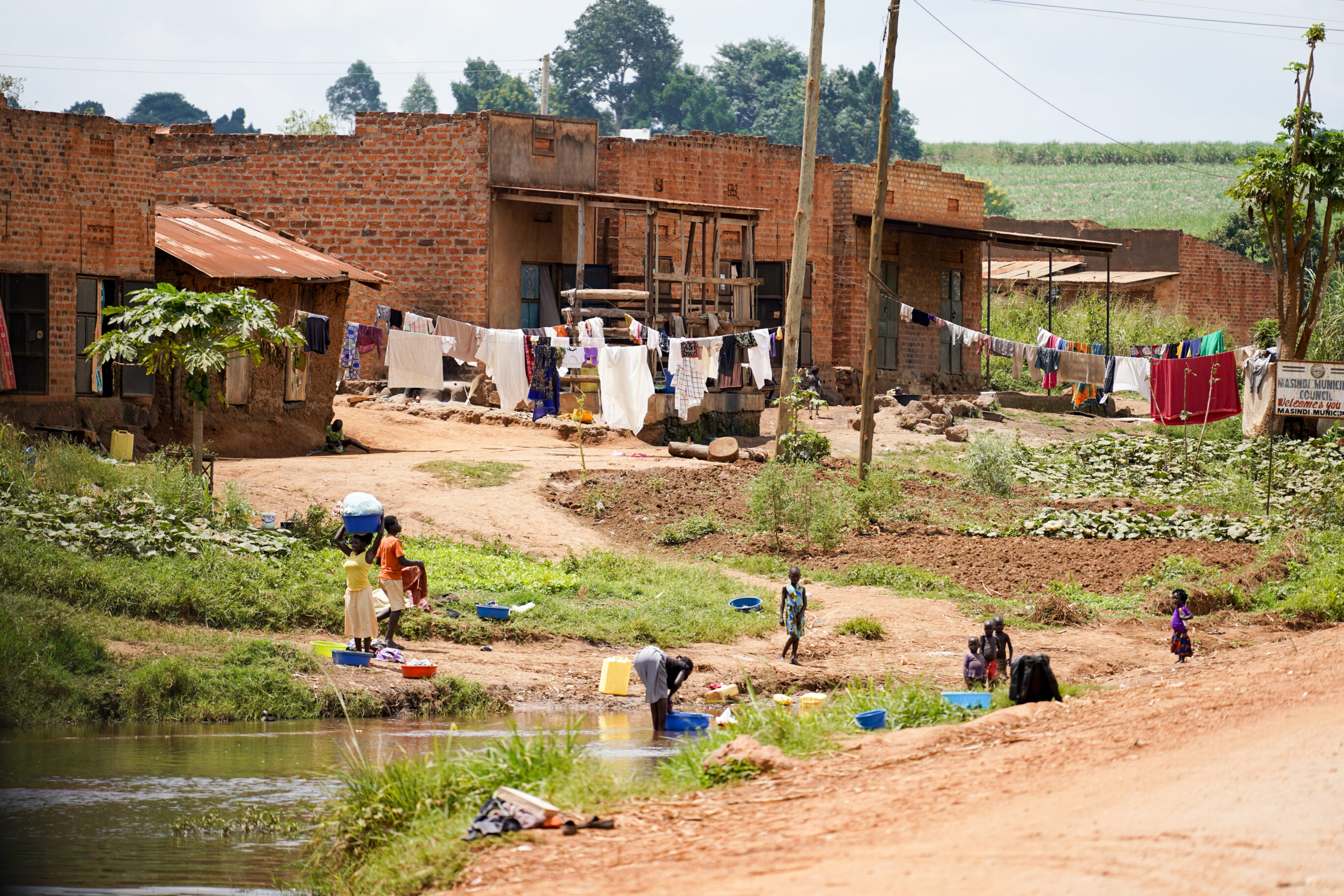
Responding to COVID-19 in Uganda and Kenya: In the spring of 2021, GFEMS commissioned a series of interrelated studies to assess the short, medium, and long-term impacts of COVID-19 on vulnerable populations in key sectors in Kenya and Uganda and identify ways in which GFEMS-funded programming can be adapted to better support them. The studies revealed …
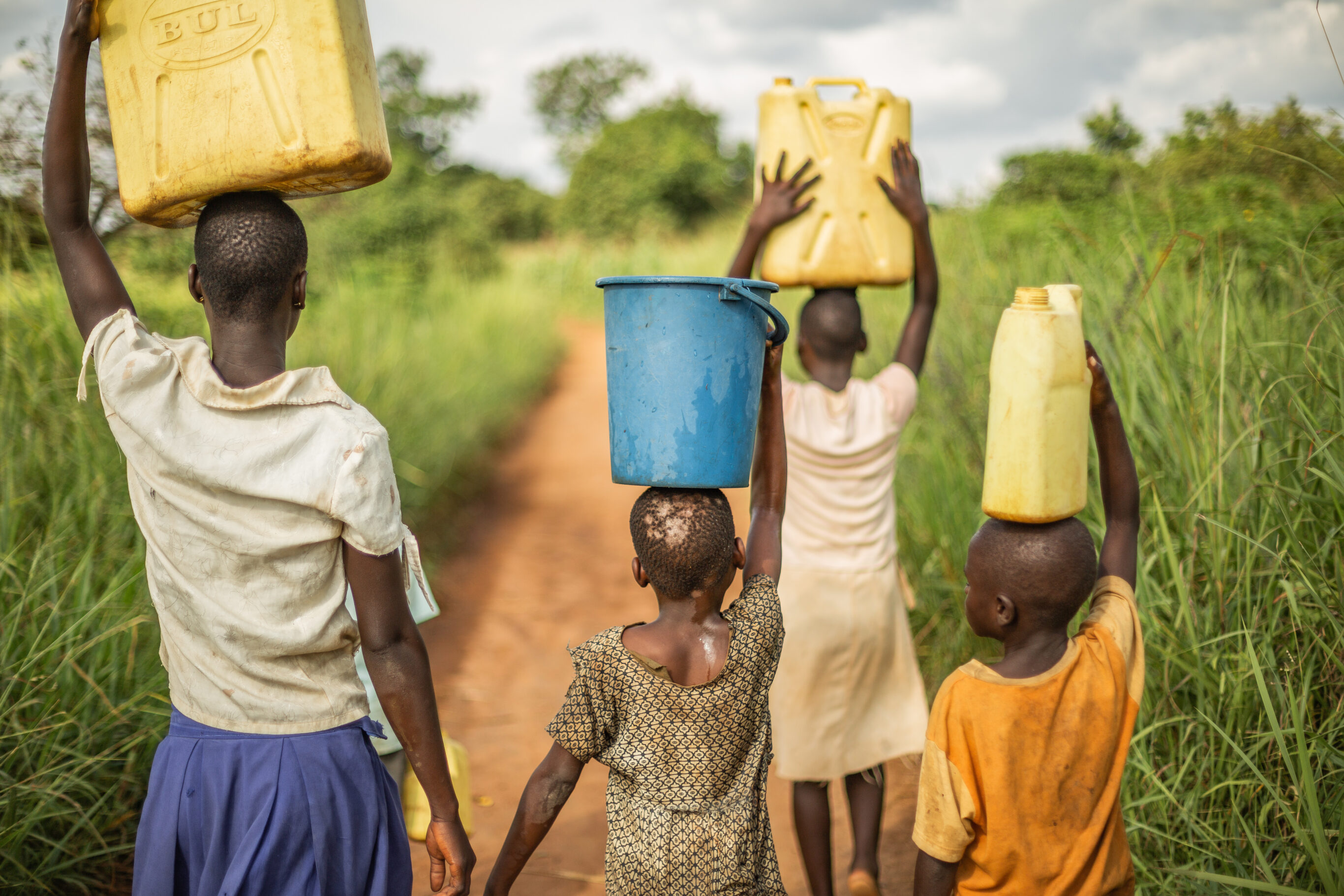
Karamoja is a rural region in northeast Uganda. The majority of internal trafficking child victims in Uganda are ethnically Karamojong. Karamoja’s extremely high rate of multidimensional child poverty (84%) and a traditional acceptance of migration for livelihood increase children’s vulnerability to commercial sexual exploitation of children (CSEC). Although child sex trafficking is believed to be …
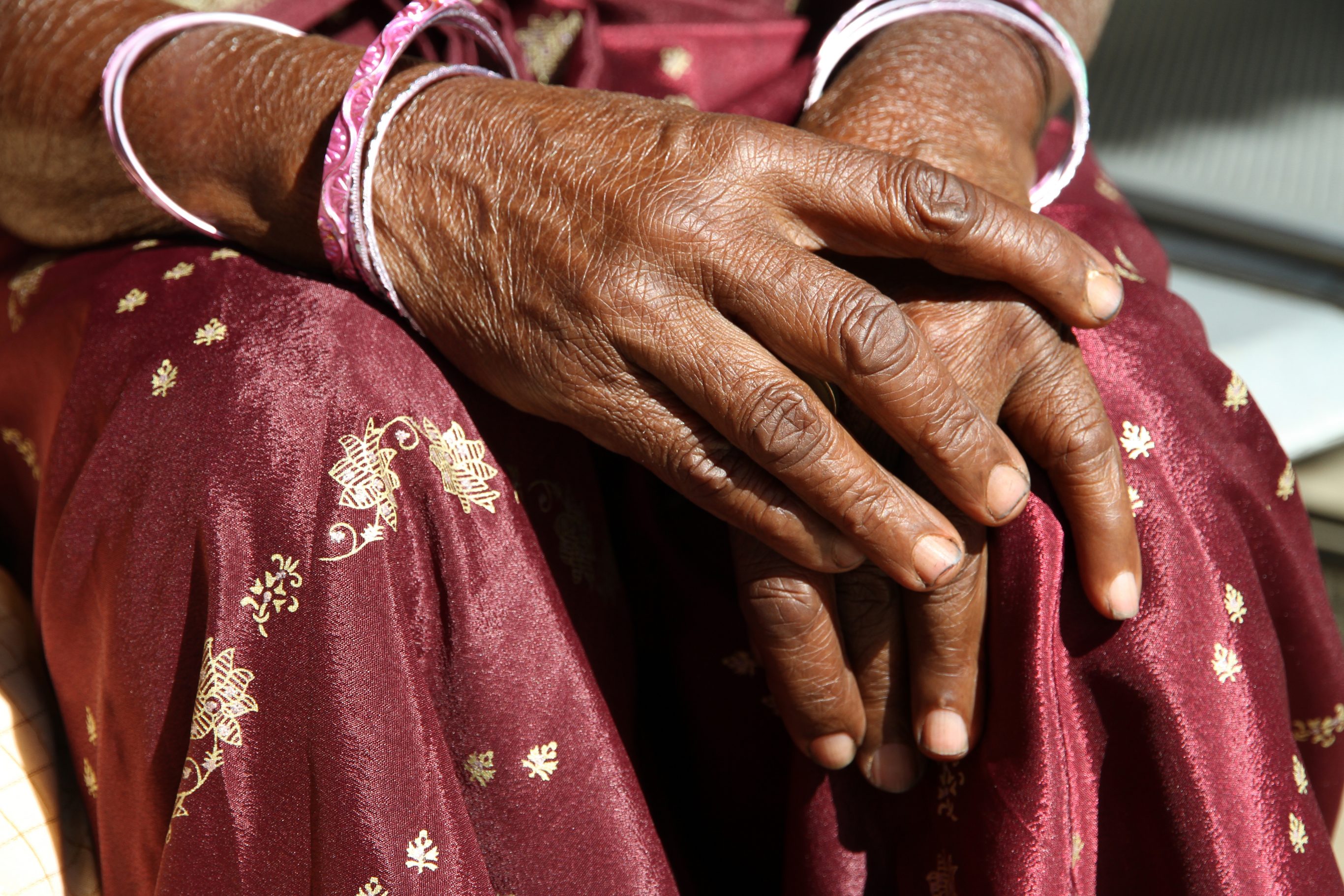
Every year, approximately 50,000 girls and women are trafficked to India across Bangladesh’s western border. In India, they are forced to labor, sold into prostitution, or trafficked out to be exploited and abused in another country. Around 500,000 Bangladeshi women and children from 12-30 years old have been illegally trafficked to India in the last decade. Despite …

Stretching to include Vietnam’s northernmost point, Ha Giang is often referred to as Vietnam’s final frontier. Steeped in rugged mountains and grand landscapes, Ha Giang is an overwhelmingly rural province, and home to a large ethnic minority population. Its long porous border with China makes migration a way of life for many in the region. …
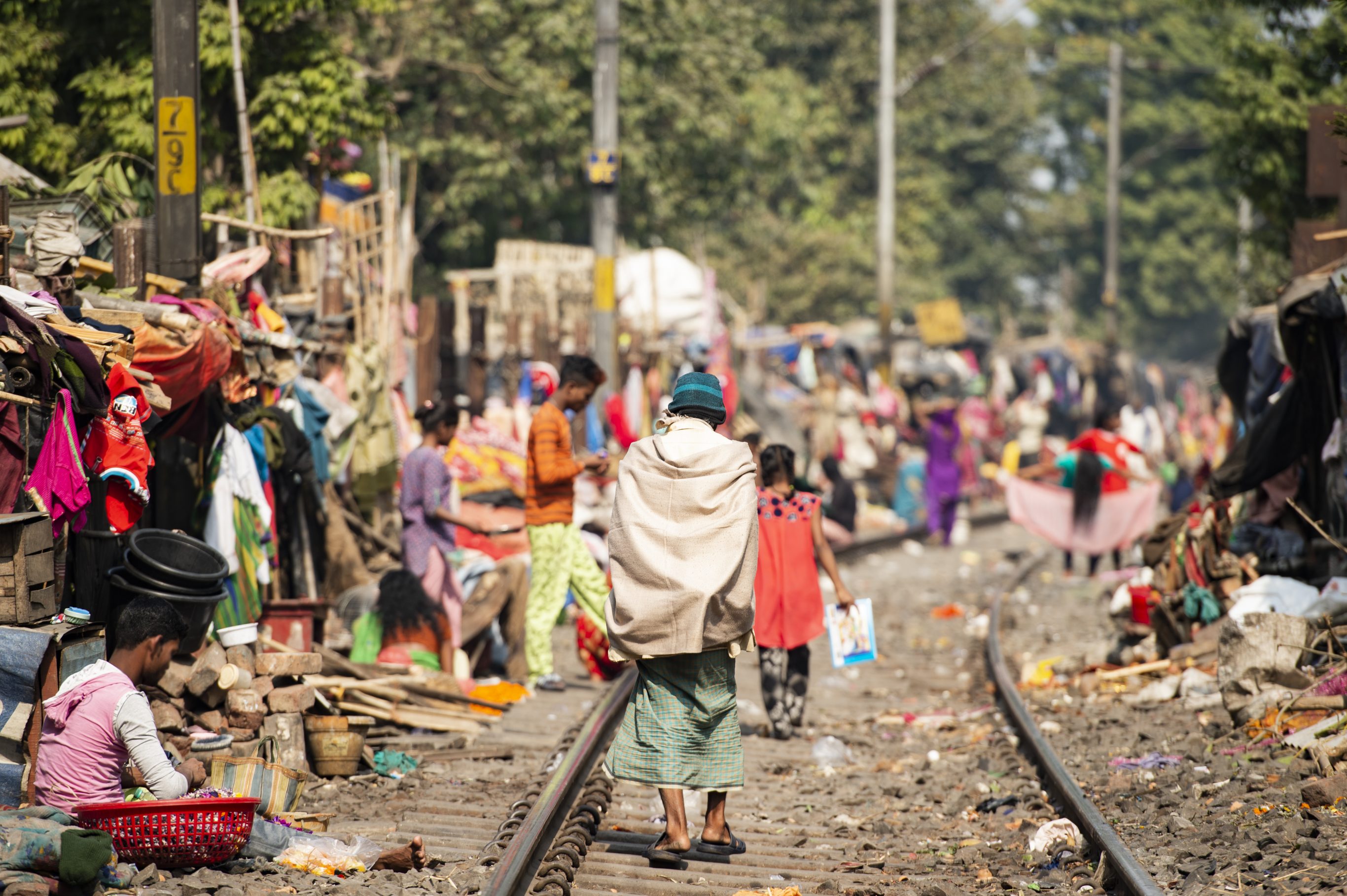
Trauma-informed care is crucial to the empowerment of survivors. It ensures survivors are not re-traumatized during legal proceedings or while receiving recovery services; provides self-ownership over their own recovery; and helps them to lead safe and empowered futures. Yet, it is frequently not implemented by governments, law enforcement, judiciary, or care providers, who are frequently …
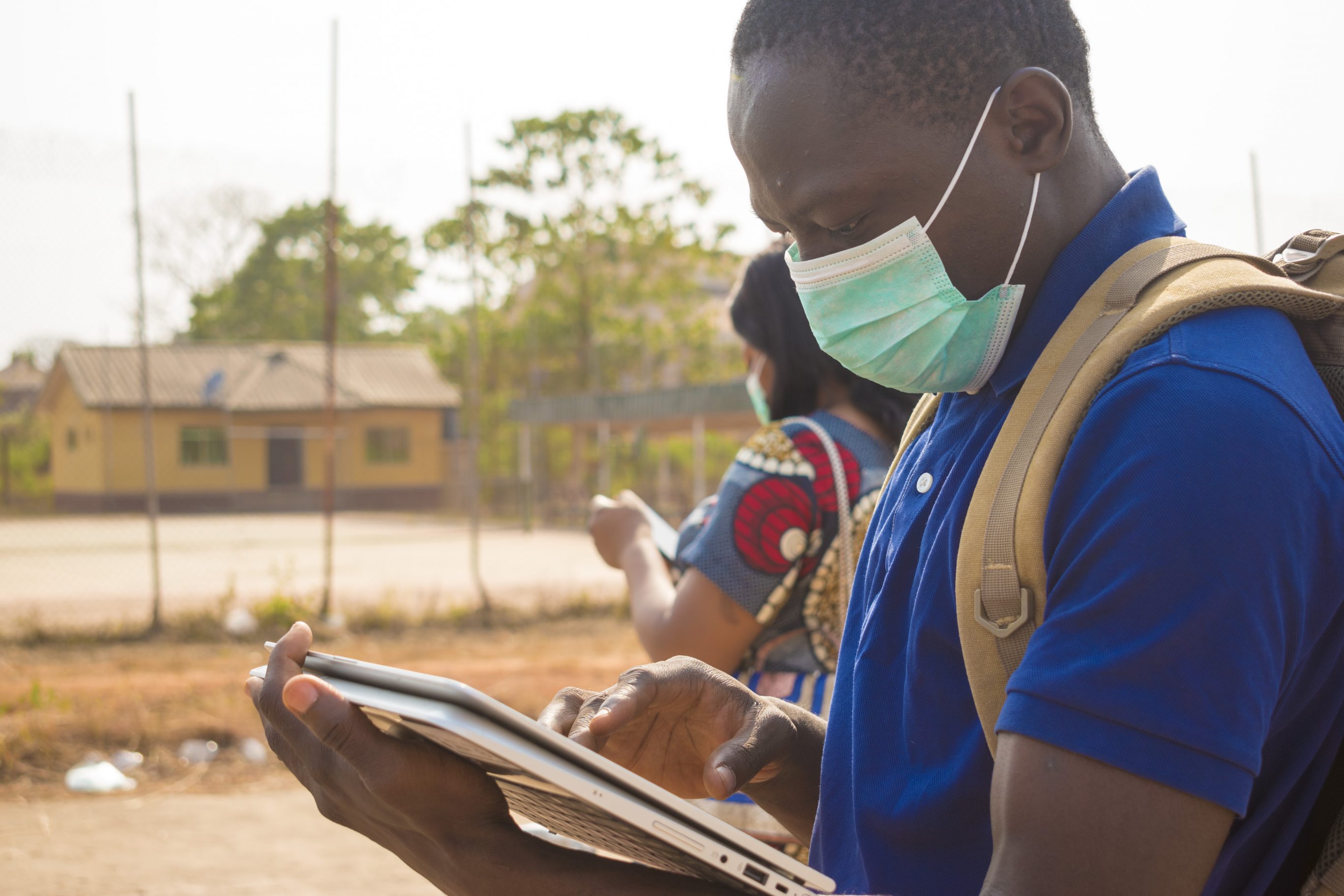
GFEMS recently funded a prevalence study in Karamoja, Uganda to determine the proportion of children in households (age 12-17) who have been sexually exploited for commercial gain. Although analysis is on-going, the data indicate that the prevalence of commercial sexual exploitation of children (CSEC) in Karamoja is gender agnostic. In other words, there is no …

As a part of our partnership with the U.S. Department of State’s Office to Monitor and Combat Trafficking in Persons, GFEMS is excited to share the launch of our new project with International Justice Mission (IJM). The project aims to build community and survivor confidence in the criminal justice system and increase capacity of local …








